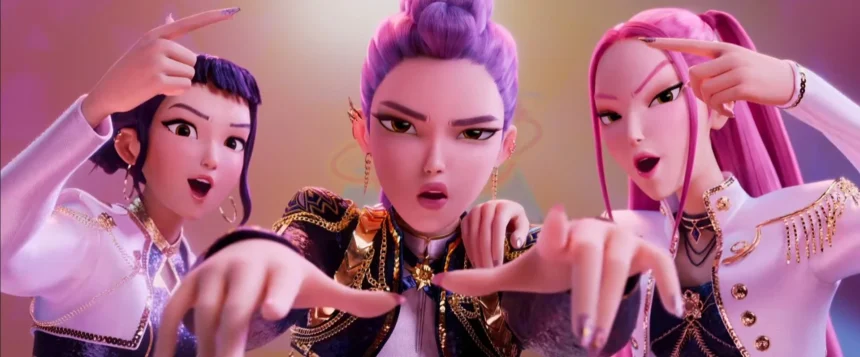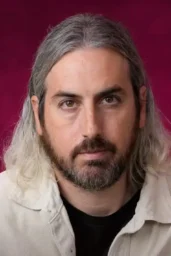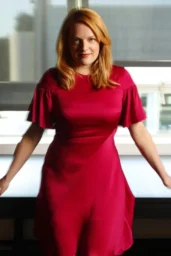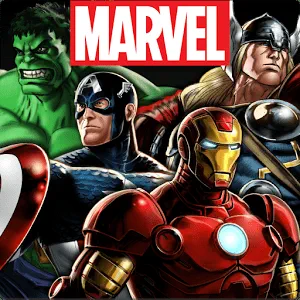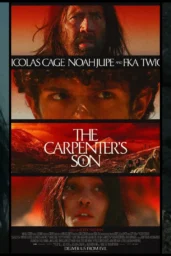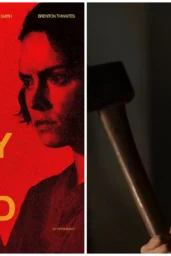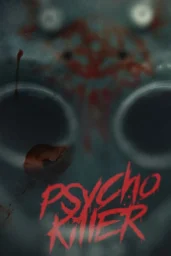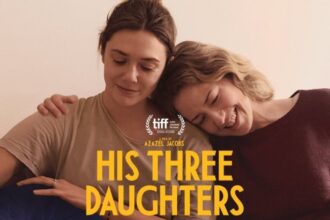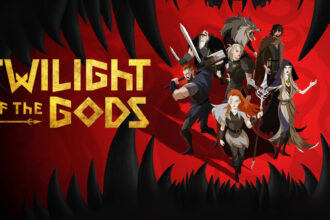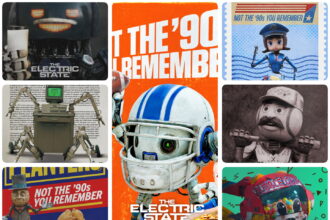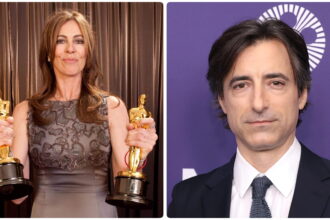From Brunch Pitch to Global Netflix Release
Sometimes the best movies begin as a half-joke. Over brunch, director Maggie Kang tossed out the idea of K-pop idols doubling as demon hunters. A week later, Sony Pictures Animation had a deal on the table. Fast forward seven years of rewrites, scope changes, and grueling animation milestones, and we now have KPop Demon Hunters—streaming globally on Netflix.
But here’s the kicker: the movie we’re watching now isn’t the movie Kang first imagined. The original pitch? A rawer, bloodier tale—closer to an R-rated anime fever dream than a polished all-ages blockbuster.
The Violent Version That Never Was
Kang admits the first drafts leaned heavily into violence and dysfunction. One early arc followed a messy, struggling heroine clawing her way toward redemption—hard edges, family drama, and fights dripping with chaos. It was less glossy empowerment anthem, more fractured fairy tale.
Then came a turning point. Sony Pictures Animation head Kristine Belson reportedly said, “Guys, I think this is a bigger movie.” Suddenly the project shifted gears—bigger budget, broader scope, and a mission to resonate across demographics. Cue a creative pivot: keep the badass demon hunting, but dial back the carnage and reframe the story as a celebration of music, friendship, and identity.
Why Chris Appelhans Signed On
When Chris Appelhans (director of Wish Dragon) joined the project, he saw more than pop spectacle. His wife—one of the first Korean American voices in YA fiction—had always pushed him to write better female characters. Kang’s vision of “funny, smart, weird, food-obsessed” heroines was the perfect canvas.
There was also music. Appelhans grew up as a musician, and the chance to fuse that lived experience with Kang’s K-pop fandom was irresistible. “It can sound cheesy,” he admitted, “but we really believed in making a film about the power of music as a connective thing.”
That core belief became the movie’s spine—shaping its mythology, rivalries, and emotional stakes.
The Official Synopsis
“When they aren’t selling out stadiums, K-pop superstars Rumi, Mira, and Zoey use their secret identities as badass demon hunters to protect their fans from an ever-present supernatural threat. Together, they must face their biggest enemy yet—an irresistible rival boy band of demons in disguise.”
It’s campy. It’s colorful. It’s unapologetically weird. And it’s exactly why the film hit big on Netflix—tapping both fandom culture and the global love affair with Korean pop.
Animation’s Long Road
Seven years may sound like development hell, but for animation it’s practically standard. As Kang explained, every phase—from script to character art to digital assets to final rendering—reshapes the movie. The beauty is in the metamorphosis. What began as a violent cult curiosity slowly evolved into a genre-blending global crowd-pleaser.
5 Takeaways About KPop Demon Hunters
The pitch was wild. A brunch brainstorm turned into a full Sony deal within a week.
It was darker at first. Early drafts leaned violent and messy—closer to anime horror than family adventure.
Music became the soul. The film reoriented around the power of music to connect characters and audiences alike.
Seven years in the making. Every stage of animation stretched the film’s evolution across nearly a decade.
Now streaming worldwide. KPop Demon Hunters is currently available on Netflix for global audiences.
Final Thoughts
I’ll be blunt: I kind of wish I could see the violent cut. Not because this version doesn’t work (it does—spectacularly at times), but because the DNA of something rawer still lingers in the bones. You can feel the edges that were sanded down.
But maybe that’s the paradox. A “messier” version might’ve been cult-beloved, while the version we have now is mainstream, musical, meme-ready. Gorgeous. Grating. Gorgeous again.
So here we are—watching K-pop idols slay demons while harmonizing. And somehow, it works. Maybe even better than it should.
What about you? Do you prefer the polished spectacle we got—or do you find yourself craving the violent version that never made it past development?

